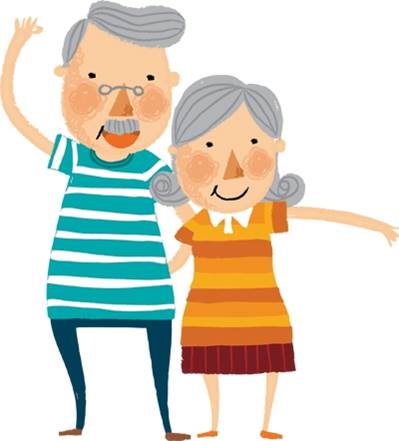Eleven years ago I started a writing project about people over 80 who work. Upbeat! Inspirational! Safe! I didn’t realize it at the time, but it epitomized an approach that has dominated gerontology since the 1980s: “successful aging”—also known as “active,” “healthy” or “productive” aging.
For most of human history, aging was seen as a natural process largely beyond our control. Enter the successful-aging model, which posits something close to the opposite: eat right, stay fit, choose well, have a good attitude, be productive, and we can craft the old age we want. The model emerged to counter the prevailing narrative of aging as loss and decline, and it’s deeply appealing.
Something about this way of thinking made me uneasy, and I was lucky to get a gentle course correction early on from geriatrician Robert Butler, MD, the inventor of the term “ageism” and one of the older workers I interviewed.
“If you get up in the morning and get yourself dressed, you’re being productive,” he told me.
Or, as I put it more bluntly years later, “If you wake up in the morning, you’re aging successfully.”
As I came to realize, healthy behaviors and “can-do” strategies are terrific, but they can’t hold aging at bay—nor is that something we should aspire to. An active, healthy 65 is still 65, not “the new 50.” Imagining otherwise is denial—a high-end version that overlooks the very important role of socioeconomic class, along with race, gender, and just plain luck, in shaping how “successfully” we age. It leaves behind those who aren’t wealthy or healthy enough to age the “right” way, and it feeds the delusion that we can stop the clock: the denial in which ageism takes root.
The model is problematic in lots of other ways as well, as I learned from reading Successful Aging as a Contemporary Obsession: Global Perspectives (2017), a collection of essays edited by Sarah Lamb. In the introduction, Lamb points out a central irony: although “successful aging” came into being to counter aging’s negative image, this hyperpositive way of thinking “is, in ways that can be hard to recognize, in some respects profoundly ageist—resting on a deep North American cultural discomfort with aging, old age, and being old.”
To age “successfully” is essentially to not age—to stop the clock—despite the fact that very few of us are going to drop dead without experiencing some kind of diminishment, whether physical, cognitive or social. As Lamb writes, glossing over those normal transitions not only makes it all the harder to learn from and adapt to them, it sets us up to fail.
In any case, why should aging be something to succeed or fail at? That’s the why-didn’t-I-think-of-it question posed by Toni Calasanti and Neal King in the book’s first essay. We don’t talk about successful infancy or teenagehood or adulthood, after all, and understand that those life stages come with both pros and cons.
“No other stages are treated as if they had no value unique to them, as if no positives resulted from entry into those stages, or as if we needed to justify their existence by minimizing what is unique to them,” they observe.
Why should later life be the exception?
Calasanti and King also argue that urging people to take responsibility for their own aging ignores the inequities that give rise to ageism in the first place. “It does not confront the notion that old age is worse than middle age, that old people should find ways to be more like their younger selves, [and upholds] other life stages as the models against which elders will be assessed.”
In other words, the successful-aging model leaves ageism unchallenged or contributes to it.
Click here for part 2 of this three-part series and here for part 3.



